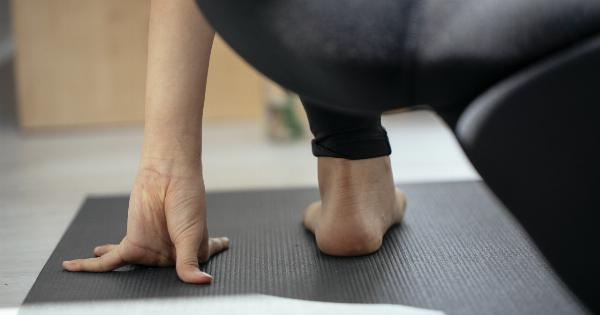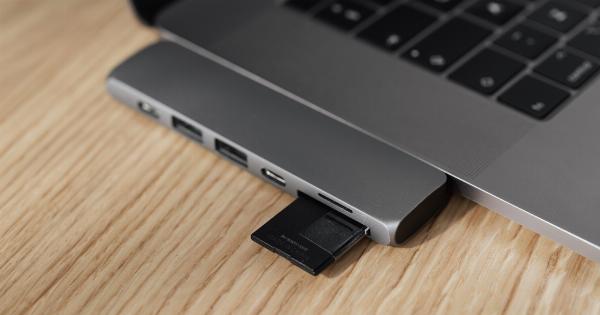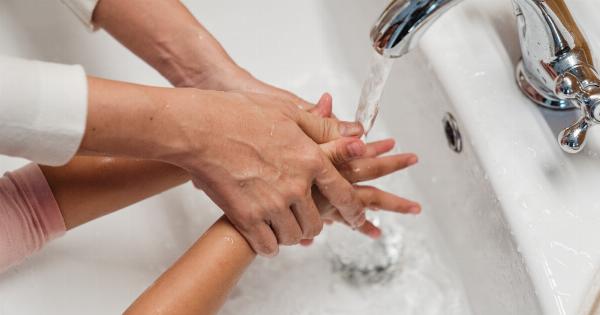Headaches are a common ailment that can affect individuals of all ages, including children. As a parent, it can be distressing to witness your child in pain.
Fortunately, there are several strategies you can employ to help your child cope with headaches and provide them with relief. This article will explore various techniques, lifestyle adjustments, and natural remedies that can alleviate your child’s discomfort and empower them to manage their headaches effectively.
1. Identify Patterns and Triggers
The first step in helping your child cope with headaches is to identify any patterns or triggers that may be causing or exacerbating their symptoms.
Encourage your child to keep a headache diary, noting the date, time, duration, intensity, and any potential triggers associated with each episode. Common triggers can include stress, lack of sleep, certain foods or beverages, dehydration, irregular meal times, and excessive screen time.
By identifying these patterns, you can work together with your child to minimize triggers and prevent future headaches.
2. Promote a Healthy Lifestyle
A healthy lifestyle plays a crucial role in preventing and managing headaches. Ensure that your child gets adequate sleep, as lack of sleep can trigger headaches.
Establish a consistent sleep schedule and create a relaxing bedtime routine to improve their sleep quality. Encourage regular physical activity to reduce stress and tension.
Additionally, emphasize the importance of maintaining a well-balanced diet, consisting of fresh fruits, vegetables, whole grains, and lean proteins, while minimizing processed foods and sugary treats.
3. Provide a Relaxation Environment
Creating a calming environment can help alleviate your child’s headaches and promote relaxation. Ensure that your child has a quiet, comfortable space where they can rest and unwind.
Dim the lights, reduce noise levels, and encourage them to engage in activities that help them relax, such as reading a book, listening to soothing music, or practicing deep breathing exercises. This environment will aid in relieving stress and reducing the intensity of headaches.
4. Encourage Regular Breaks and Hydration
If your child spends long periods engaged in activities such as studying or screen time, encourage them to take regular breaks. Prolonged exposure to screens and mental strain can contribute to headaches.
During breaks, advise your child to engage in light stretching exercises and drink plenty of water to stay hydrated. Dehydration is a common trigger for headaches, so encourage your child to drink water throughout the day, even when they don’t feel thirsty.
5. Teach Stress Management Techniques
Stress is a major contributor to headaches in children. Help your child develop effective stress management techniques to reduce the likelihood of headaches.
Teach them relaxation exercises, such as progressive muscle relaxation or guided imagery, which can help them unwind and alleviate stress. Encourage open communication and provide a supportive environment where your child feels comfortable discussing their worries or concerns.
6. Explore Natural Remedies
When it comes to relieving headaches, several natural remedies can provide your child with relief. Aromatherapy can be effective in soothing headaches, particularly lavender and peppermint essential oils.
Apply a few drops onto your child’s temples or encourage them to inhale the scent for relief. Gentle massage on the forehead or neck can also help alleviate headache symptoms. Additionally, herbal teas like chamomile or ginger may have calming effects and can be offered to your child.
7. Over-the-Counter Medications
If your child’s headaches persist or are severe, over-the-counter pain medications may be necessary. However, consult with your child’s pediatrician or healthcare provider before administering any medication.
They can recommend the appropriate dosage and guide you on suitable options for your child’s age and condition. It’s important to note that overuse of pain medications can lead to rebound headaches, so they should be used sparingly and strictly as advised by the healthcare professional.
8. Seek Professional Guidance
If your child’s headaches are frequent, severe, or significantly impact their daily life, it’s essential to seek professional guidance.
Consult with your child’s pediatrician, who may refer you to a pediatric neurologist or headache specialist. These healthcare professionals can conduct a thorough evaluation, diagnose any underlying conditions, and develop a comprehensive treatment plan tailored to your child’s needs.
9. Supportive School Environment
If your child frequently experiences headaches at school, it’s crucial to establish a supportive environment for them.
Communicate with the school staff, including teachers and the school nurse, to ensure they are aware of your child’s condition. Request that your child be allowed to take breaks, have access to water throughout the day, and be provided with a quiet space where they can rest if needed.
By promoting a supportive school environment, you can minimize the impact of headaches on your child’s academic performance.
10. Be a Supportive Parent
Lastly, it’s important to be a supportive and understanding parent throughout your child’s journey with headaches. Offer comfort, reassurance, and empathetic support when your child experiences a headache.
Encourage open communication and validate their feelings. By actively participating in their healthcare journey, you can help your child develop effective coping mechanisms and overcome the challenges associated with headaches.
Headaches can be debilitating and disruptive for children. By implementing these strategies and providing a supportive environment, you can empower your child to manage their headaches effectively.
Remember, it’s essential to consult with healthcare professionals for a comprehensive evaluation and guidance specific to your child’s situation. Together, you can help your child find relief and enjoy a better quality of life.


























